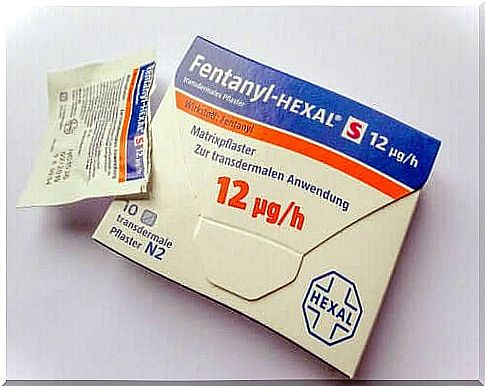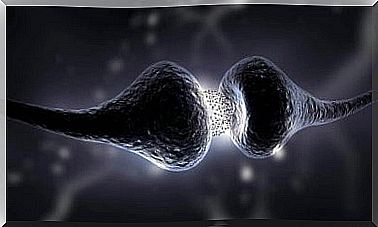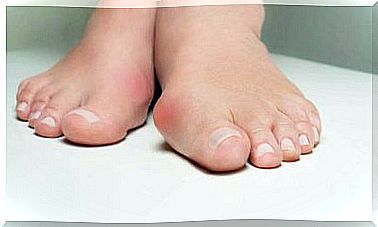General Classification Of Analgesics

Analgesia means “denial or lack of pain”. Thus, analgesics are generally classified as “analgesics”.
According to the IASP, pain is an “unpleasant feeling and mental experience”. This experience of pain is usually associated with actual or potential injury.
There are two types of pain: acute and chronic. They differ from each other through emotional experience and also through the spiritual experience they evoke. Different classifications are therefore needed for analgesics.
Acute pain consists of tissue injury and disappears with healed wounds. Overall, it is difficult to find a specific tissue injury that would be associated with chronic pain. Chronic pain, in turn, lasts for a long time. Migraines and osteoarthritis are examples of chronic pain.
As we discussed earlier, the mental structure is different in acute and chronic pain.
- Acute pain is common to experience irritation, anxiety, and anger.
- In chronic pain, on the other hand, a person is prone to depression.
These mental symptoms can also often be treated.
Classification of analgesics: primary analgesics
The main goal of painkillers is to relieve pain and they are definitely useful when used for many different types of pain. Because pain is different, the classification of analgesics is divided into three main groups.
1. Pure analgesics against fever

Painkillers also have other functions. While most are also anti-fever and anti-inflammatory, this group is an exception.
Paracetamol is an example of a pure analgesic antipyretic. Thus, it does not reduce inflammation, but lowers fever and reduces pain.
2. Non-steroidal anti-inflammatory drugs (NSAIDs)
The action of NSAIDs is based on the inhibition of the enzyme COX. These drugs also prevent the enzyme COX from synthesizing substances involved in the inflammatory process, thus stopping the inflammation. Examples of NSAIDs are acetylsalicylic acid (aspirin) and ibuprofen.
However, there are different types of COX enzymes, each with its own function and there are also analgesic drugs that specifically block a particular type. These drugs are called selective COX inhibitors (selective iCOX). Celecoxib and rofecoxib are examples of such drugs.
3. Opioids
Opioids activate opioid receptors. Usually, when the opioid receptor is activated, it prevents nerve transmission. Thus, an activated opioid receptor reduces pain nerve transmission.
Opioids vary depending on their effectiveness and other properties. Here are some of them:
- Pure agonists : these are the most effective of all. The best examples are morphine, codeine and methadone.
- Partial agonists are less effective, for example buprenorphine.
- Agonist antagonists : these activate certain opioid receptors and block others. The best example of such a drug is pentazocine .
- Combinations : they have different functions compared to most opioids. One example is tramadol .
Note that opioids often cause side effects such as nausea, constipation, or fatigue.
Classification of analgesics: secondary analgesics
Secondary painkillers do not necessarily have the primary goal of relieving pain. In fact, they were invented to alleviate other states of being. However, they still relieve a certain type of pain.
1. Antidepressants
As we have already said, it is common to associate the symptoms of depression with pain, especially chronic pain. Antidepressants can be helpful in this regard. One of the most commonly used antidepressants is amitriptyline .
2. Antiepileptics
Antiepileptic drugs reduce nerve transmission. When used, pain transfer is reduced. Carbamazepine and malotrigine are the most common.
3. Muscle relaxants
Muscle relaxants can relieve muscle pain. If the pain comes from a muscle, these medications relax the damaged muscle and reduce the pain. In addition, they can help treat the injury in such cases.
The most common muscle relaxants are diazepam, gabapentin and topiramate.
4. Local anesthetics

Topical anesthetics prevent nerve transmission in the areas where it is used. By using a local anesthetic in the original area of pain, the pain either disappears or is reduced.
In addition, these analgesics can also act structurally, allowing a painful impulse to strike the upper nerve centers. In this way, the pain is less obvious, at least in part.
The most popular topical anesthetics are lidocaine and pilocarpine.
5. Cortisons
These drugs have a similar effect to NSAIDs in that they work to prevent or reduce inflammation. Then, as the inflammation decreases, so does the pain it causes.
Prednisone is regular cortisone.









